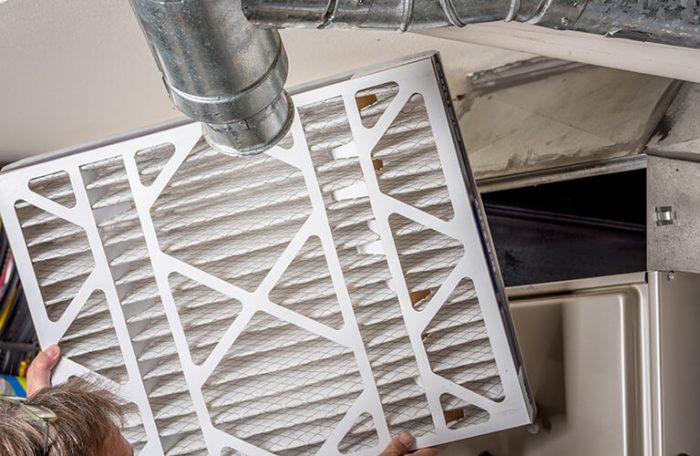How much does it cost to replace a furnace?
Typically between $2200 and $4500.
This assumes the furnace is for a standard sized home. You do have many options when replacing a furnace, and many HVAC companies provide discounts if you are replacing the air conditioner at the same time. Some things that will impact the price of a replacement furnace: Brand, the efficiency level, size of the unit/home, features/technology included on the unit.
How long does a furnace last?
A typical furnace will have a lifespan of about 20 years. The amount of use the unit gets, and the frequency of preventative maintenance are big factors in how long a furnace will last.
Do new furnaces have pilot lights?
Newer furnaces (since around 2010) use electronic ignition systems, and do not have a pilot light. An electronic ignition creates a flame/spark when needed, but does not require a constant flame or “standing pilot”. These newer systems are safer and more reliable. Also, because a conventional pilot lights burns all times, they use more gas, which is not efficient. Electronic ignitions are replacing pilot lights in many gas-burning appliances in addition to furnaces.
What is AFUE?
AFUE stands for Annual Fuel Utilization Efficiency. AFUE (represented as a percentage) indicates how efficient your furnace is. A higher AFUE rating means greater energy efficiency. If you have an AFUE of 82%, it means that 82% of the fuel energy put into the system is used to heat your home, while the remaining percent is lost somewhere in the heating process. All furnaces have some loss. This loss is specific to the furnace, and doesn’t account for heat loss in ductwork, vents, etc. A typical furnace will have a rating in the mid 80s and a high-efficiency furnace should be 90% or more.
How often should you replace your furnace filters?
Typically 2-3 times per year, depending on how often you use your heating and cooling system, how dusty your home is, and if you have pets or not. A good rule of thumb is to change 1-2 inch filters every three months, 4 inch filters every six months and 5 inch filters every 12 months. If the filter is visibly dirty it’s a good idea to change it. The more dense the dirt, the less efficient the system will be.
How often should you have your furnace serviced?
At least once a year, but ideally both once in the spring and once in the fall. This frequency is suggested because heating and cooling systems have many parts that can malfunction. Preventative maintenance can extend the life of your system. Regular maintenance also helps ensure the system is running efficiently, which can reduce utility bills. Most importantly, if you have a gas furnace, it is critical to ensure there are no dangerous leaks in the system that could impact your health. it is not uncommon for heat exchanges to crack and release carbon monoxide, which can be deadly, into the air.
How long does it take to replace a furnace?
4-6 hours for a typical installation. If you are replacing the furnace and air conditioning at the same time, expect it to take 8-10 hours. Most installations are completed same-day. Longer installations can happen if your new system requires major rerouting of plumbing or electrical lines, or if any new utilities are required, e.g. a new gas line or electrical outlet has to be installed.
How do you know if a furnace is failing?
If your furnace is more than 15 years old it is nearing the end of its life. There are some signs that may indicate it’s time for a replacement unit. While many problems can be repaired, on an older unit it will not be cost effective to make repairs at a certain point. If you see a sudden unexpected spike in heating bills, if the unit cycles frequently, if your home is being heated unevenly, or if you hear unusual noises coming from the unit, it’s a good idea to have it inspected, and to begin considering a replacement.

